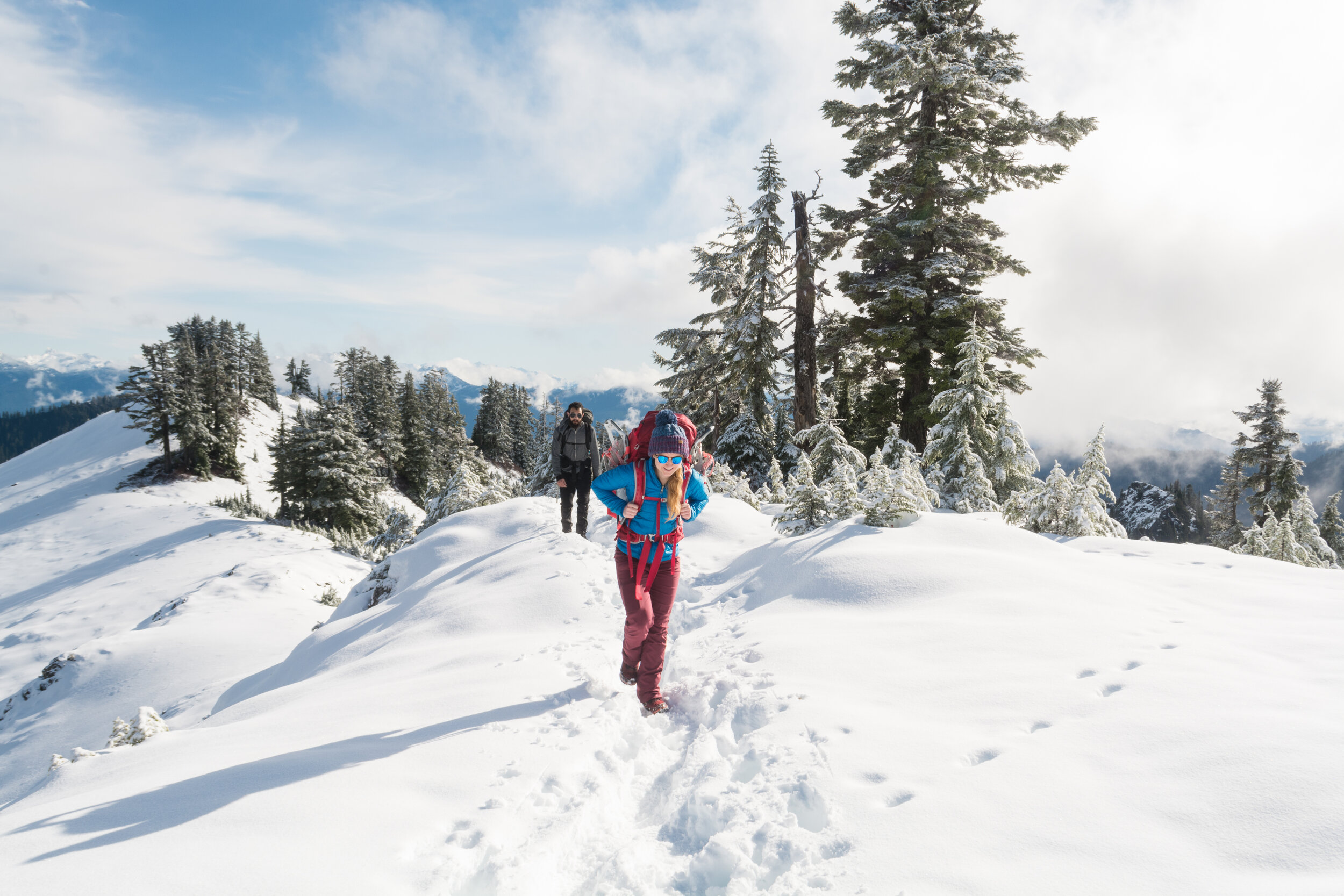Pop Quiz: what are the 10 essentials?
Palms sweating? Brow furrowed in confusion? Fear not, I’m here to help!
The Ten Essentials is a list of gear meant to keep you safe as you get outside, especially in the event of an accidental overnight or emergency. The list has been updated with modern information since it was first created and contains the following:
Navigation: Map, altimeter, compass, GPS device or app, PLB or satellite communication device and a backup battery pack for charging.
Headlamp: Plus extra batteries.
Sun Protection: Sunglasses, sun-protective clothes, and sunscreen. Double check local regs: some destinations require “reef-safe” sunscreen.
First Aid Kit: Don’t forget blister and foot care as well as bug spray.
Knife: Or a multitool.
Fire Starter: Matches, lighter and tinder, or stove as appropriate for your adventure.
Shelter: Carry at all times but feel free to adjust for the season and terrain you’re adventuring on.
Extra Food: At minimum, one extra day of food is recommended. More if you know you’re going into a more risky or remote location and weight allows.
Extra Water or Water treatment ability: Carry more than you think you might need if weight allows, or make sure you have access to a water treatment device or tabs.
Extra Clothes: Think layers. If you need to hunker down, you’ll want to stay warm.
Bonus items:
Extra Medicine: this is particularly important f you take something that will result in additional risk to your health if you skip it. Example: blood pressure medicine, insulin, etc.
Eye Care: if you wear contacts or glasses and are dependent on them for safety, have a plan for how to store your contacts safely overnight should you need to.
Questions or comments? Let’s hear them!


